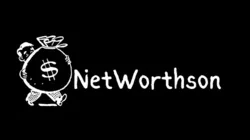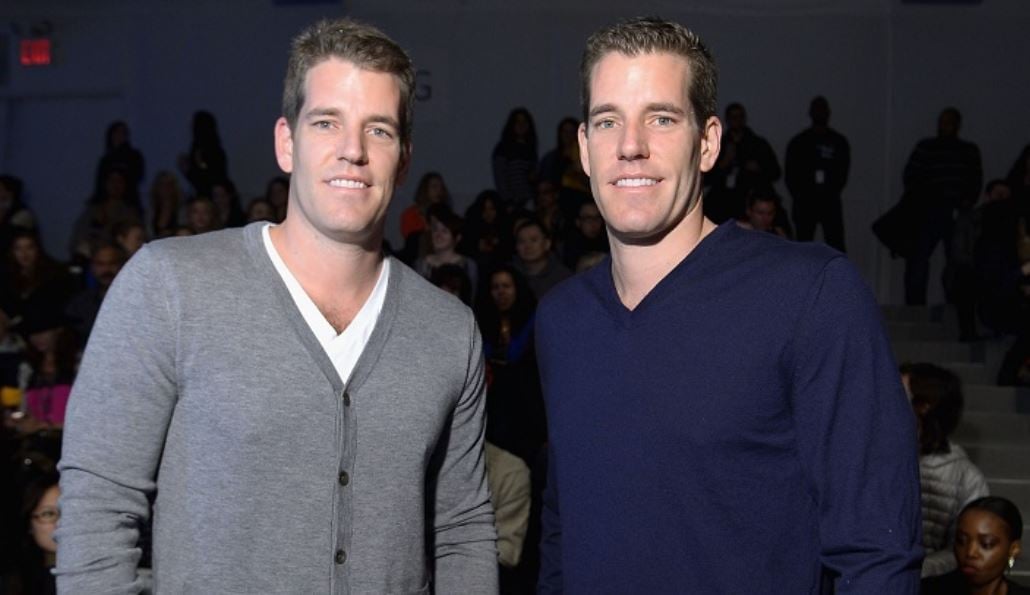When you’ve seen the 2010 film “The Social Community,” you most likely keep in mind Cameron and Tyler Winklevoss because the tall, photogenic Harvard rowing twins who sued Mark Zuckerberg over the origins of Fb. Their lawsuit (most likely precisely) claimed that Mark stole their thought for a social networking web site, ConnectU, and pivoted it into what was initially referred to as “the Fb.”
In 2008, after a drawn-out authorized battle, the Winklevosses secured a $65 million settlement from Zuckerberg. It was paid out as a mixture of money and pre-IPO Fb inventory. Contemplating that Fb’s market cap closed immediately at $1.7 trillion, a $65 million payout may sound laughable in hindsight. However on the time, Fb’s personal valuation was round $3 billion based mostly on latest funding rounds. Meaning the settlement represented roughly 2.17% of the corporate’s worth. Not unhealthy for 2 guys who acquired edged out of historical past.
By the best way, nobody was ever presupposed to know the precise settlement quantity. Of their lawsuit, the twins have been represented by a agency referred to as Quinn Emanuel. In January 2009, Quinn Emanuel positioned an commercial in a authorized journal through which it listed dozens of accomplishments from the earlier 12 months. A kind of accomplishments was listed as “WON $65 million settlement towards Fb.” Whoops. The twins have been so upset that they really sued Quinn Emanuel to return the $13 million price the legislation agency earned for its work. The lawsuit was tossed. But additionally, as you might have simply observed, that second lawsuit revealed that the Twins technically solely acquired $52 million after authorized charges.
Anyhow. When the 2008 settlement was struck, the handful of people that had heard of the Winklevoss twins – largely legal professionals – virtually actually assumed that this could be the tip of the highway for them.
Even two years later, after they have been immortalized by Armie Hammer’s twin efficiency in “The Social Community,” and given one other quarter-hour of fame, perhaps they’d squeeze a At this time Present look, a Wall Road Journal interview… Then fade away. Possibly they’d use a few of their cash to put money into some startups. In all probability some gimmicky contact sharing app for the burgeoning iPhone or a social community for pets. They’d have LinkedIn pages chock-full of important-sounding accomplishments and exits. They’d quiet down with wives and youngsters in a quiet, leafy city like Westchester, New York, or Fairfield, Connecticut. Snug, well-off, and largely forgotten… aside from an necessary asterisk within the origin story of some of the highly effective firms in historical past.
However that was not the tip of the story. In reality, it was solely the start.
Winklevoss Capital
As we alluded to a second in the past, the Winklevoss twins spent 2009-2010 unsuccessfully suing their former legislation agency, Quinn Emanuel. Round this time, they have been additionally sued by a man named Wayne Chang, who alleged that his contributions to ConnectU entitled him to a share of the Fb settlement cash. Whereas the case was allowed to proceed, there isn’t a public file of a trial or verdict. The lawsuit seems to have been quietly settled or in any other case resolved exterior of courtroom.
In 2012, Tyler and Cameron launched Winklevoss Capital. Winklevoss Capital marked the twins’ first actual public foray into life as tech traders. It was a household workplace, sure, nevertheless it additionally had ambition. They weren’t simply trying to park their Fb winnings in protected bets; they wished to seek out and fund the subsequent massive factor. They backed startups like Humin, a now-defunct app that aimed to reinvent your telephone’s contact listing, and SumZero, a research-sharing platform co-founded by their former Harvard classmate Divya Narendra. Their early-stage investing technique skewed towards futuristic concepts with a monetary or social edge. However none of these bets would come near matching what was simply across the nook: an obscure, difficult, and extremely risky digital foreign money referred to as…
Bitcoin
As they’d later clarify, Tyler and Cameron first heard about Bitcoin in 2012, throughout a gathering with Charlie Shrem, a younger entrepreneur working a crypto cost startup referred to as BitInstant. Shrem pitched them on the concept of a decentralized digital foreign money not managed by any authorities or financial institution. It was laborious to clarify, even more durable to make use of, and extensively dismissed by the monetary institution. That did not scare the twins. In reality, it fascinated them. They began studying whitepapers, speaking to early adopters, and digging deep into crypto boards. What they discovered was a revolutionary thought hiding behind clunky tech and unhealthy branding.
By early 2013, they have been satisfied. Tyler and Cameron took $11 million from their Fb fortune and used it to quietly purchase round 110,000 Bitcoins. On the time, one Bitcoin price about $100. Virtually nobody had heard of it, and those that had largely laughed it off as a geeky libertarian fantasy. Critics thought the twins had misplaced their minds. Bitcoin wasn’t even a blip on Wall Road’s radar. However they noticed one thing most individuals did not: the potential for a brand new type of cash, borderless and programmable, proof against inflation and interference.
And so they weren’t simply shopping for. They have been going all in.
Gemini
They did not simply wish to personal Bitcoin; they wished to assist legitimize it. That meant constructing infrastructure, not simply driving the wave. In 2014, they started laying the groundwork for a cryptocurrency alternate that may be clear, safe, and regulation-friendly. The consequence was Gemini, which formally launched to the general public in October 2015. At a time when most crypto exchanges operated just like the Wild West, Gemini was constructed to really feel just like the New York Inventory Change. It was based mostly within the U.S., compliant with regulators, and aimed squarely on the mainstream.
“We wished to construct an alternate that the typical individual and the federal government might belief,” Tyler defined. And for some time, that imaginative and prescient labored. Gemini grew to become some of the revered exchanges in the US. The twins even launched their very own stablecoin, the Gemini Greenback, and bought an NFT platform referred to as Nifty Gateway simply earlier than the 2021 NFT growth. Their firm was rising, their popularity was shifting, and Bitcoin’s value saved climbing.
However being crypto pioneers meant weathering crypto chaos. In 2022, a lending accomplice of Gemini’s referred to as Genesis World Capital collapsed, leaving practically $900 million of buyer funds locked up in an interest-earning program referred to as Gemini Earn. Lawsuits adopted. So did regulatory scrutiny. The SEC got here knocking. Customers have been livid. Critics resurfaced. For the primary time in practically a decade, the Winklevoss twins appeared susceptible.
Bitcoin Billionaires
However identical to after the Fb saga, they did not disappear. They regrouped. They fought again towards regulators, negotiated settlements, and labored to revive Gemini’s standing. In the meantime, Bitcoin rebounded. Arduous. As of June 2025, a single Bitcoin trades for about $105,665. If the Winklevoss twins actually by no means offered any of their unique 110,000 cash, their once-ridiculed $11 million wager is now value over $11.6 billion.
What began as an asterisk within the historical past of Fb has turn out to be a headline within the story of recent finance.

